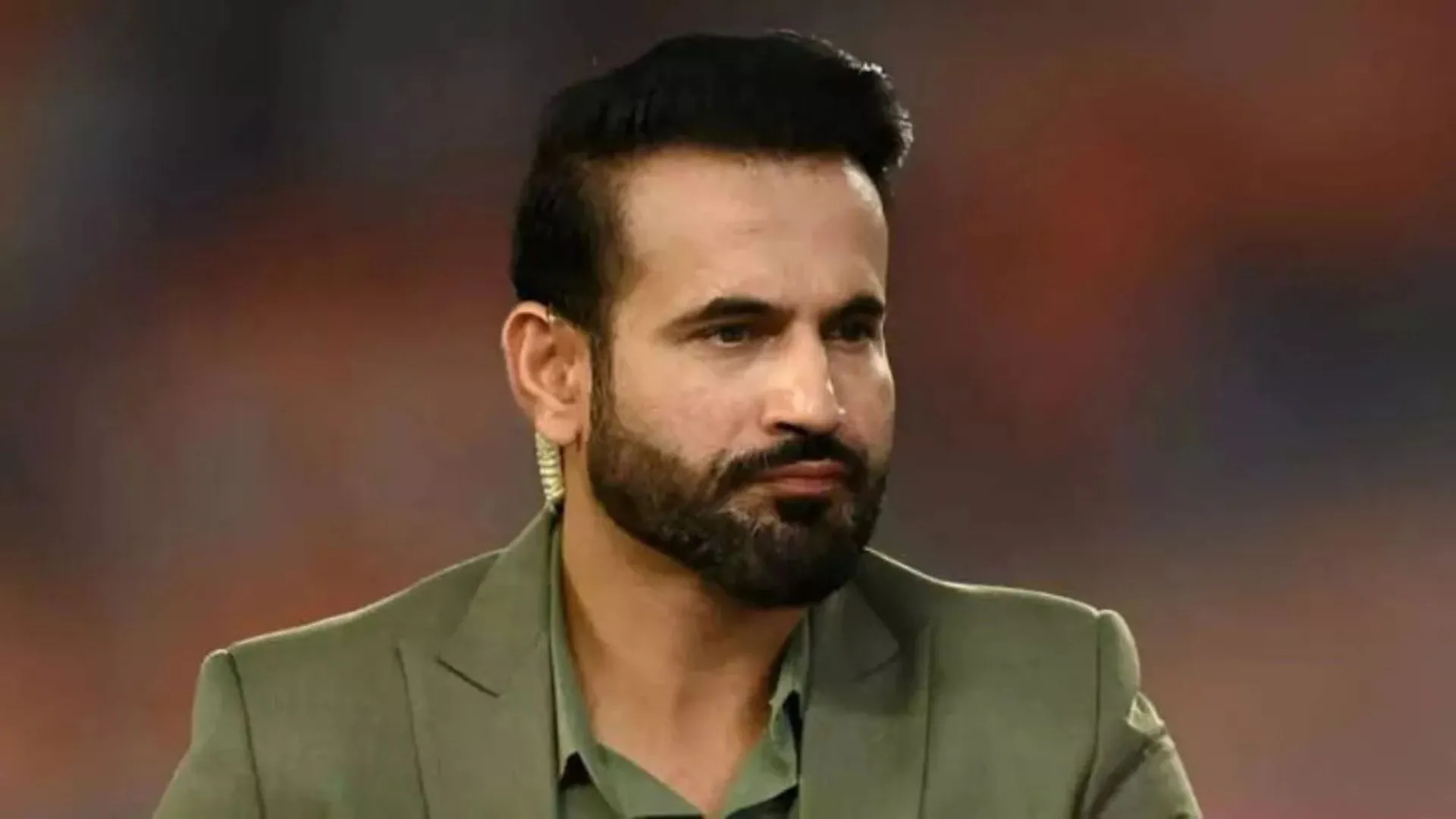One popular school of yoga is Kundalini yoga. However, there is a lot of mystery, myths, misperceptions, and commercialization associated with it. Here I present a scientific demystification of this system of yoga. This system of yoga begins with the seventh limb of Ashtanga yoga, that of Dhyana or meditation. The purpose of this yoga is to purify the self and make the electroencephalographic (EEG) recordings of the brain subtler while one is awake so that one attains complete harmony with the environment.
The first chakra is traditionally called the “mooladhara chakra” located at the base of the spine and corresponds to the endocrine sex glands, the testes in males, and ovaries in females. Meditation at this point can begin by purifying desires (kama) which is simply thinking that no thoughts, words, or actions cause purposive harm to self or others at present or in the future. Then the syllable “lam” can be used to meditate at this point eventually merging into silent meditation.
The second chakra which is traditionally called the “swathisthana chakra” is located two inches below the navel point and corresponds to the endocrine glands called the suprarenals or adrenals. Meditation at this point can begin by purifying anger (krodha), frustration, or nervousness by introspecting on patience. Then the syllable of “vam” can be used to meditate at this point eventually merging into silent meditation.
The third chakra which is traditionally called the “manipuraka chakra” is located at the navel point and corresponds to the endocrine glands called the pancreas. Meditation at this point can begin by purifying inferiority or superiority complex (madh) by introspecting on equanimity. Then the syllable “ram” can be used to meditate at this point eventually merging into silent meditation.
The fourth chakra which is traditionally called the “anahata chakra” is located at the heart center and corresponds to the endocrine gland called the thymus. Meditation at this point can begin by purifying attachment (moh) by introspecting on dispassion and compassion. Then the syllable of “yam” can be used to meditate at this point eventually merging into silent meditation.
The fifth chakra which is traditionally called the “vissudhi chakra” is located at the throat center and corresponds to the endocrine glands called the thyroids and parathyroids. Meditation at this point can begin by purifying greed (lobh) by introspecting on charity which is sharing what one has in excess and not wanting what other people’s needs are. Then the syllable “hum” can be used to meditate at this point eventually merging into silent meditation.
The sixth chakra which is traditionally called the “agna chakra” is located at the point between the eyebrows and corresponds to the endocrine gland called the pituitary. Meditation at this point can begin by purifying ego (ahankar) by introspecting on the true nature of self which is not the body and mind but a fraction of the totality. Then the syllable “aum” can be used to meditate at this point eventually merging into silent meditation. Some practitioners like to meditate at only this point which is also alright because the pituitary controls the lower glands.
The seventh chakra which is traditionally called the “Brahmarandhra” is located at the top of the head and corresponds to the endocrine gland called the hypothalamus. Meditation at this point can begin by surrendering to the totality or Almighty and getting inner guidance. The hypothalamus regulates all endocrine glands and is the seat of emotions. Meditation at this point helps overcome the ups and downs of emotions. With eventual practice, the entire cerebral cortex which regulates the thought process comes under control and the meditator (Yogi), meditation (Dhyana), and the object of meditation (Dhyeya) become the same which provides bliss and deep understanding.
Dr. Manoj Sharma is a Professor and Chair of the Department of Social and Behavioral Health at the University of Nevada, Las Vegas, USA. He is an avid practitioner of Kundalini Yoga.























